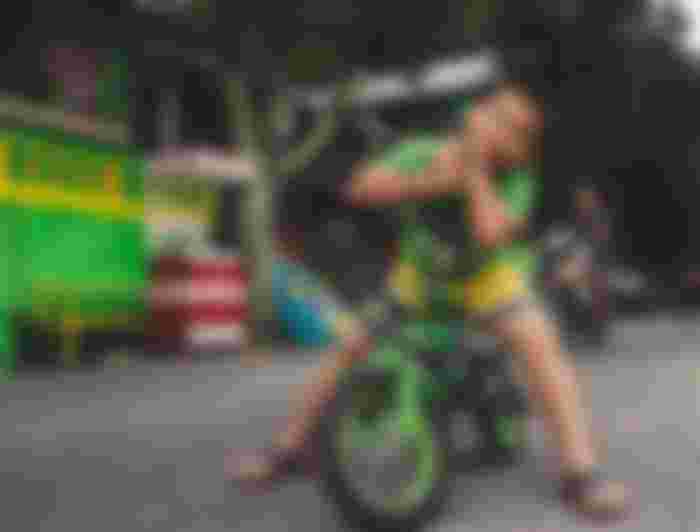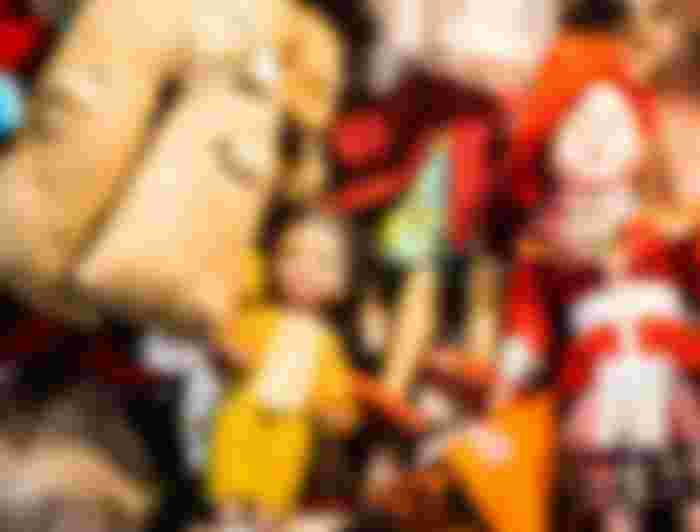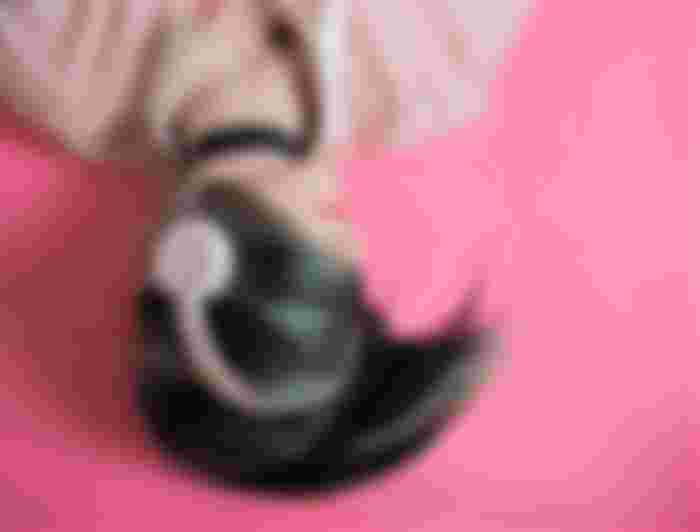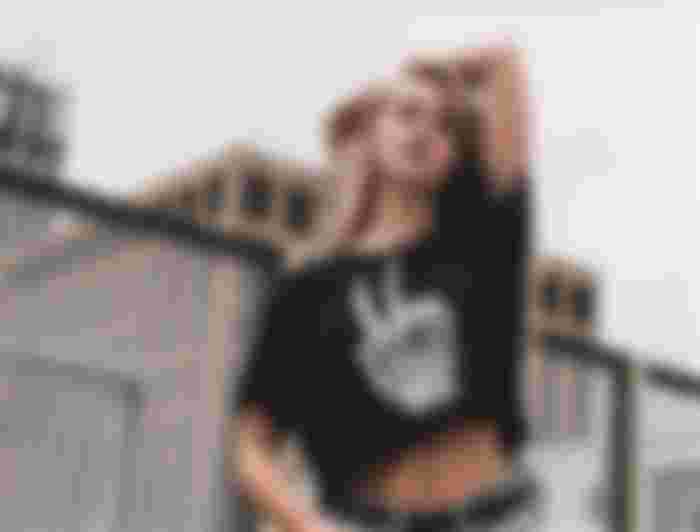The different theories of energy
My first participation in this new year. I hope that this year will be full of happiness and success for all of us. In my article, I will talk about different theories in the interpretation of play ... Scientists and researchers have put forward several theories through which they tried to explain the phenomenon of play, and we will try to explain some of these theories and show what is correct in them.

Excess Energy Theory:
This theory appeared at the end of the last century, and its basis was laid by (Shiller) and the philosopher (Herbert Spencer), and its summary is: The task of playing is to get rid of excess energy, meaning that if humans and animals have more energy than they need from it for serious work, they use this energy in playing. Children play more than adults because the young ones have someone to take care of them and nourish them. They have extra energy that they spend on playing. Our response to this theory is that play is not limited to children, but it is done by adults in the form of organized games. Playing is not specific to those who enjoy comfort, because we find tired people playing as well
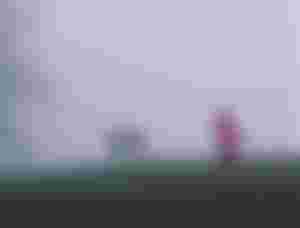
Preparatory theory:
It appeared at the end of the last century, and the author of this theory (Carl Gross) believes that playing for a living organism is an important biological function. Thus, he is trained in serious work in the future, and Carl believes that human playing leads to gaining skill, understanding and a sense of ability, which are the foundations of correct growth. His childhood is longer so that he increases his playing and rehearsing his members... This theory is acceptable from the point of view of the men of physical education because children's games and even organized adult games are preparation for the individual and through it he gains physical fitness, motor skills, understanding, a sense of ability and success in adapting to the environment and dealing with others.

Respiratory theory:
It is the psychoanalytic theory of the Greek philosopher (Aristotle), where he sees that playing, like acting, is a savior for venting imprisoned emotions, and that playing helps a person to relieve his anxiety that every person tries to get rid of in any way. A child who unconsciously hates his father may choose a doll from the dolls that the father prepares, then goug out its eye or bury it underground, and in this case he expresses his hidden feelings through play. It is clear that this theory is similar to the theory of excess energy that we mentioned and is not sufficient to explain play. It is not acceptable that be limited to just venting

Recreation theory:
The summary of this theory is that a person plays in order to relax his tired muscles and his weary nerves, because when a person uses his muscles and nerves in a way other than the way he used to work, he will thereby give his muscles and nerves the opportunity to rest... A lot of objections have been addressed to this theory such as: If the goal was From playing, it is the relief of stressful nerves and tired muscles. The best way is to lie down and relax without work... Also, if the goal of playing was to rest only, it would have been better for adults to play more than children, and this is contrary to what we see... Human playing is not always muscular cards. And nervous effort that he uses at work. Rather, man plays with his muscles with which he works and the nerves with which he thinks..... It turns out that the exerted effort does not tire the muscle alone, but also tires the body and requires the preparation of all the muscles of the body.

Self Expression Theory:
It is one of the latest theories and was presented by (Bernard Mason), as he indicates that man is an active creature, and with his physiological and anatomical formation, he imposes some restrictions on the type of activity he performs. In addition to this, the degree of his physical fitness greatly affects the types of activity that he can practice, and that his psychological tendencies are the result of his physiological needs. His responses and attitudes lead him to certain patterns of play...

If we look at these theories, we see that most of them complement each other and that the primary function of play is the preparatory function, while the other functions can be considered secondary functions

